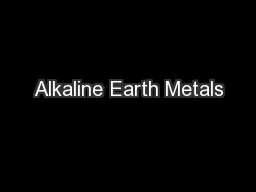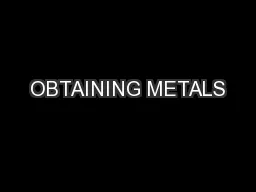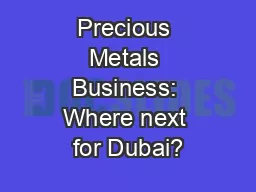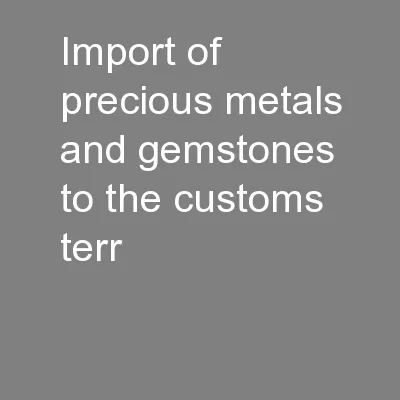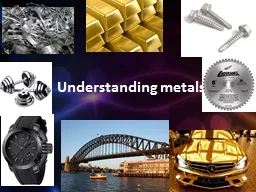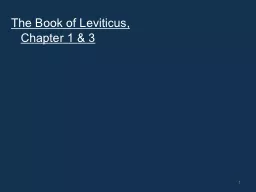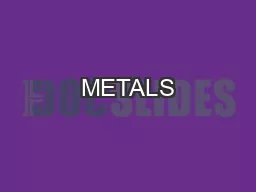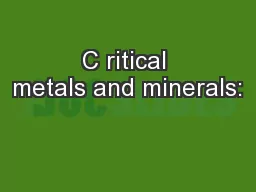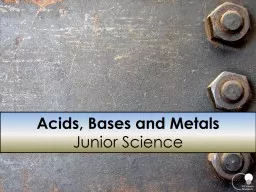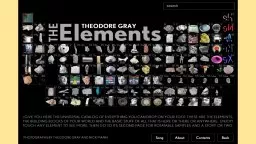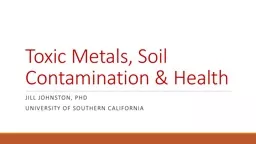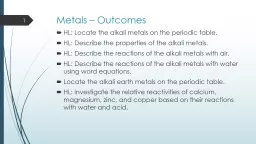PPT-1 What happens when Metals are burnt in Air?
Author : test | Published Date : 2020-01-31
1 What happens when Metals are burnt in Air We know that when Magnesium burns in air with a dazzling white flame Do all metals react in the same manner Let us check
Presentation Embed Code
Download Presentation
Download Presentation The PPT/PDF document "1 What happens when Metals are burnt in ..." is the property of its rightful owner. Permission is granted to download and print the materials on this website for personal, non-commercial use only, and to display it on your personal computer provided you do not modify the materials and that you retain all copyright notices contained in the materials. By downloading content from our website, you accept the terms of this agreement.
1 What happens when Metals are burnt in Air?: Transcript
Download Rules Of Document
"1 What happens when Metals are burnt in Air?"The content belongs to its owner. You may download and print it for personal use, without modification, and keep all copyright notices. By downloading, you agree to these terms.
Related Documents


